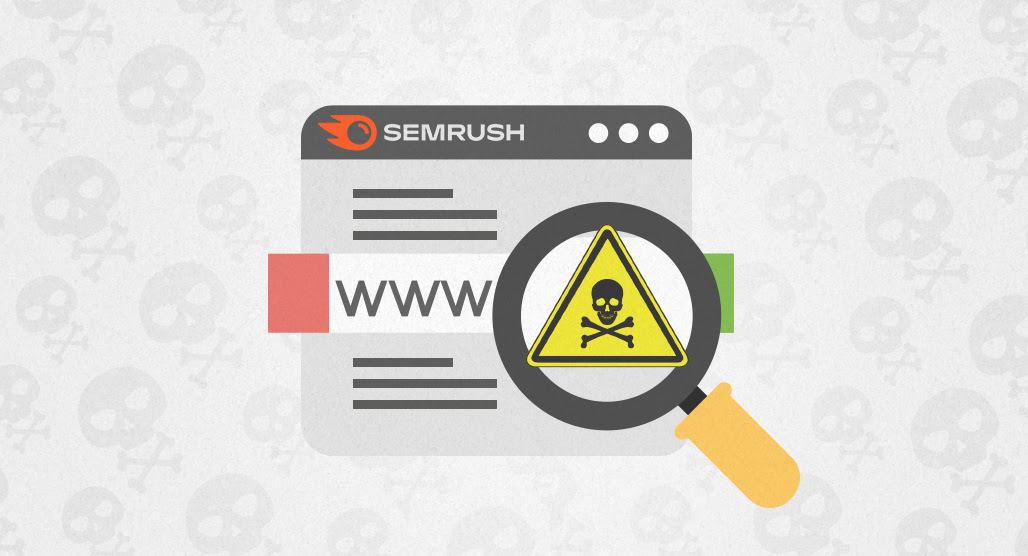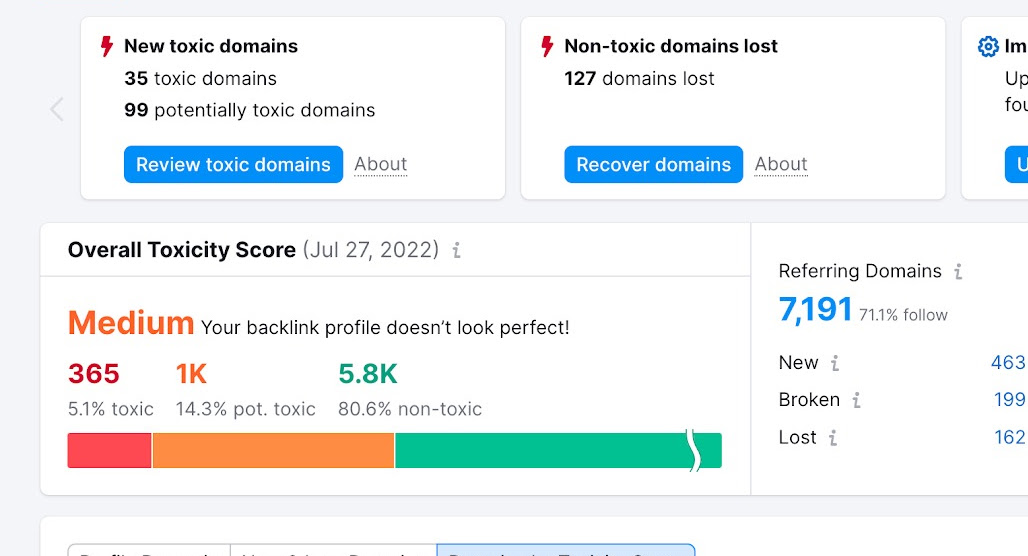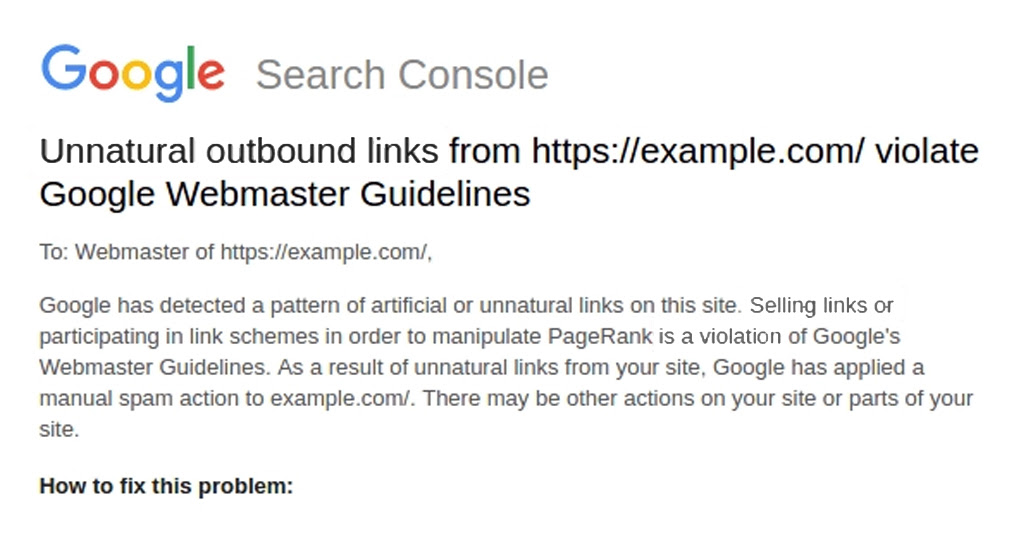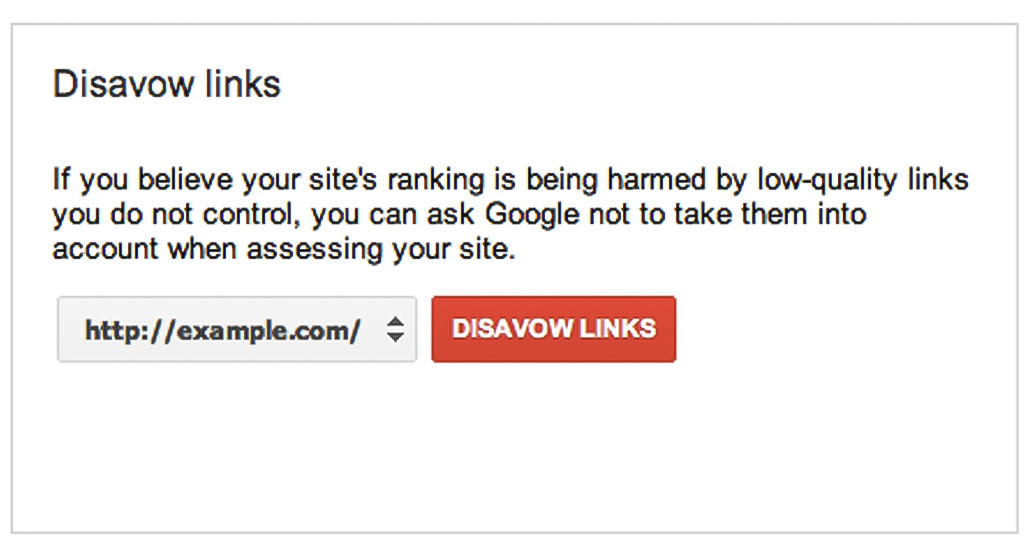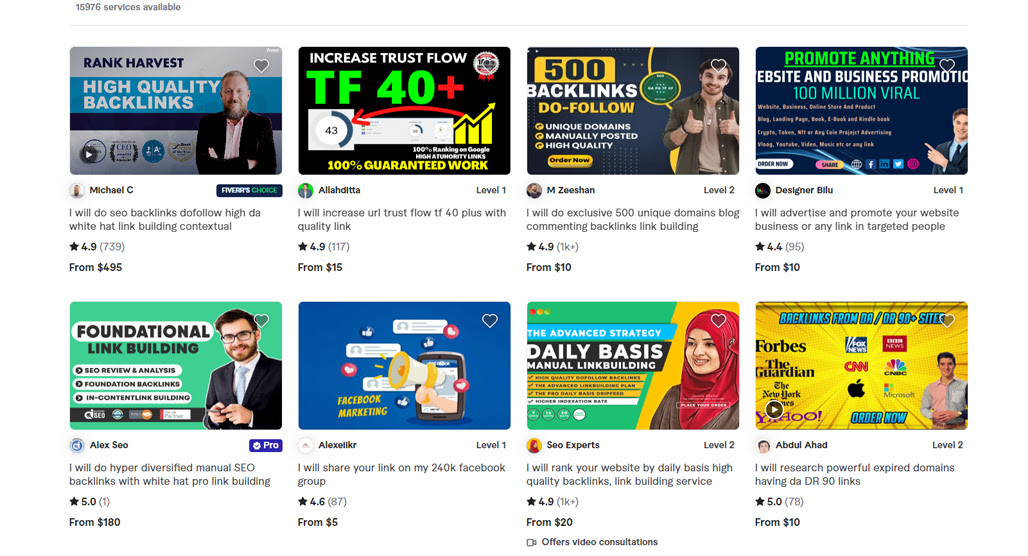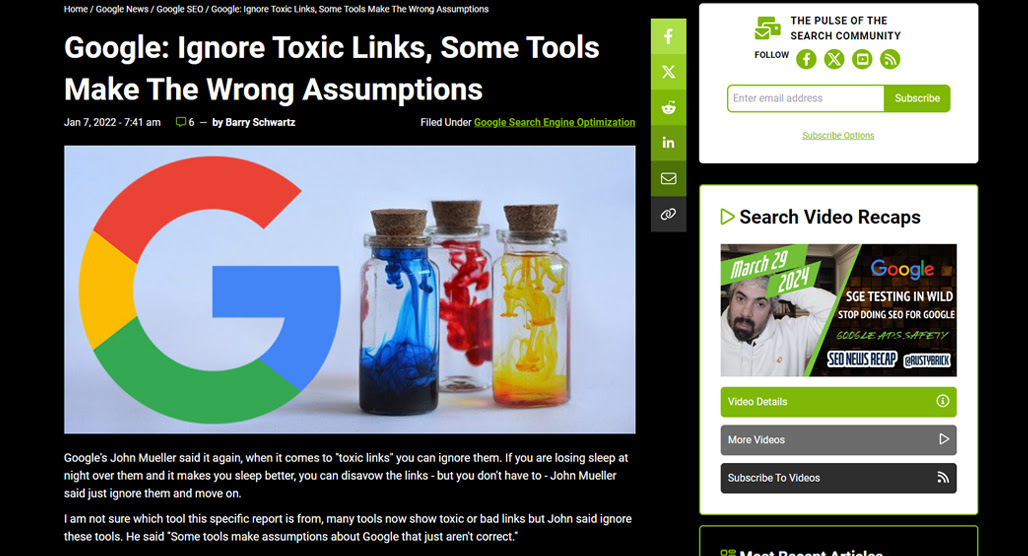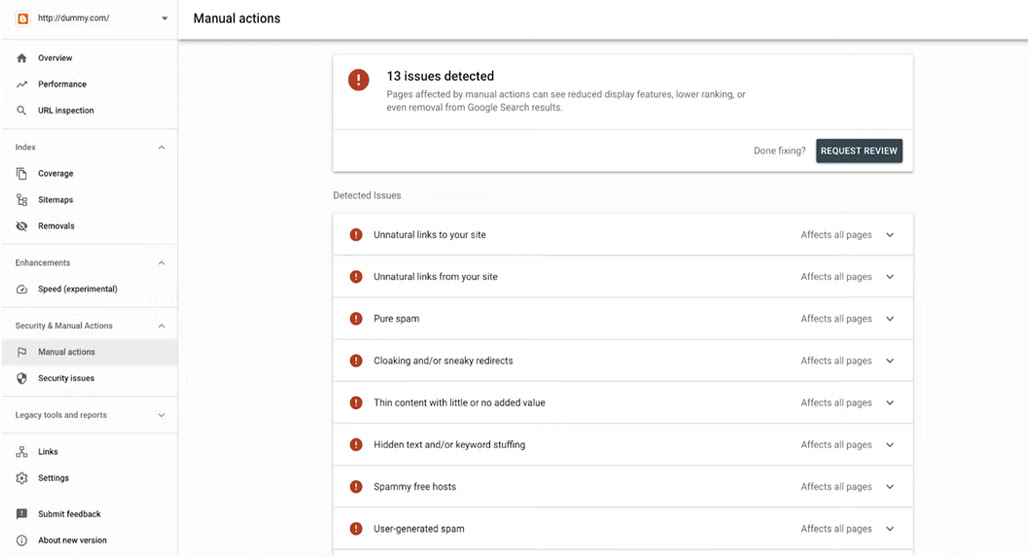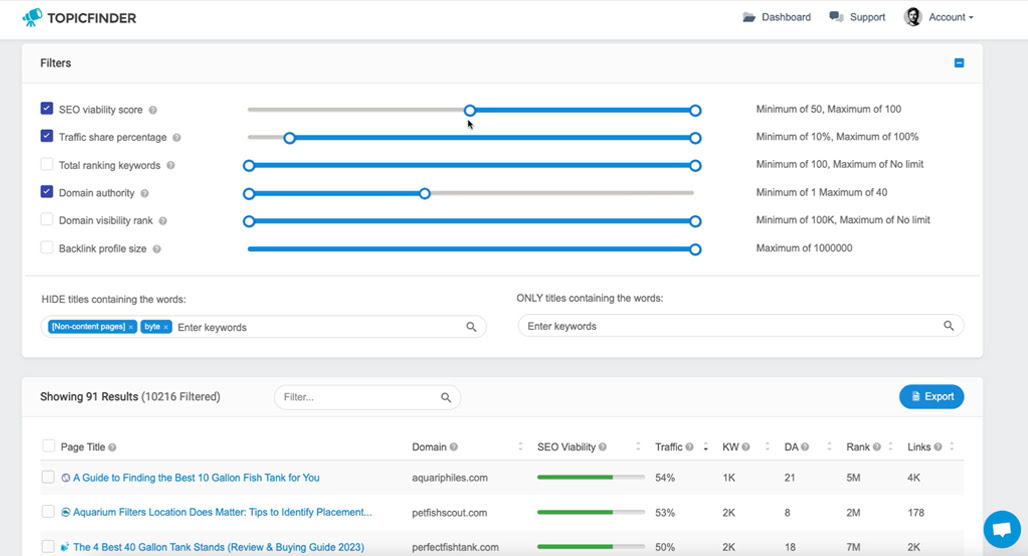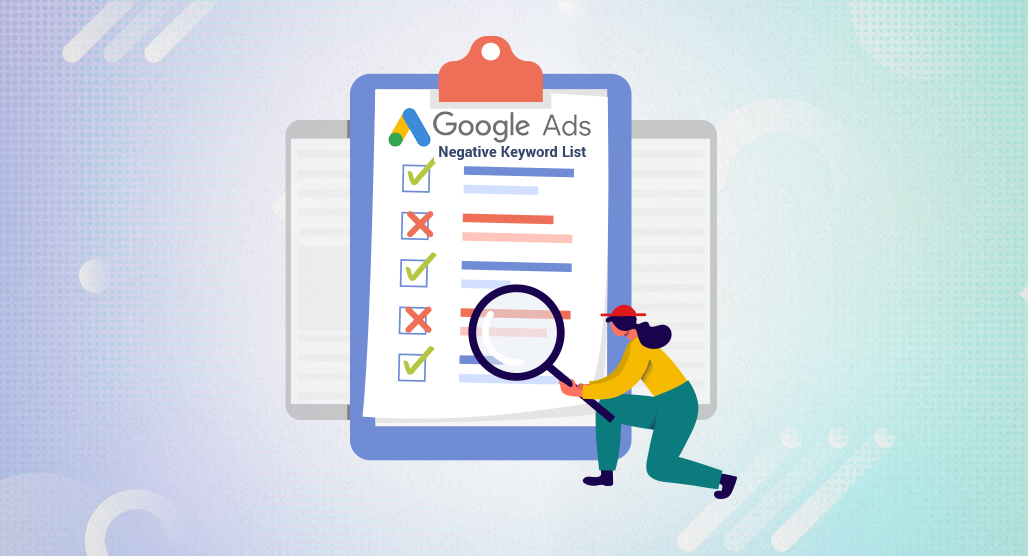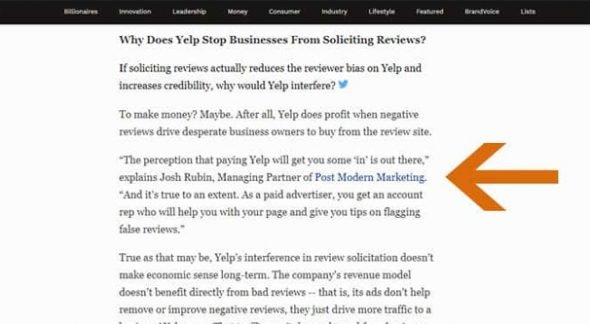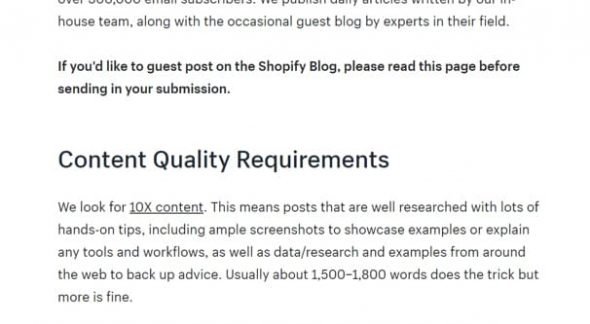What Are Toxic Domains in Semrush and Should You Care?

Now and then, SEO and marketing circles stir themselves up into a frenzy over a strategy – new or old – that poses some kind of existential threat to marketing as we know it. Sometimes they’re right, often they’re wrong, and a lot of times it’s a misinterpretation of something that spirals out of control through the game of telephone into something that was never true in the first place.
One that I’ve been seeing circulate a bit more recently comes from a few different angles. A big one is Semrush; when you run a backlink audit using their tool, they tell you about your “toxic score” and the number/quantity of “toxic” links your site has in its backlink profile.
Semrush, of course, makes a big deal of this for a couple of reasons. One is simply to justify the backlink audit tool. Another is so that they can give you tips and instructions on how to handle them, which builds their own authority and helps you feel like you’re doing something tangible with the information you get out of their tools in the first place.
I don’t begrudge them this, but I do have to say: “toxic” links aren’t really a real thing. It all ties back to the concept of Negative SEO. It’s an important concept to understand, so let’s talk about it.
What Are Toxic Links?
Toxic links are the concept of links that are somehow detrimental or harmful to your website.
We all know that Google classifies the links that point to your site. Links can fall into different categories and have different attributes. The more closely related the linking domain is to yours in subject matter, the more valuable the link is likely to be. The more relevant the link is in the context of the place it’s coming from – that is, whether it’s in the actual text, or a sidebar, or a footer, or the comments – the better the link is.
Conversely, links can be bad. If your food blog is getting links from plumbers, there had better be a good reason for it (15 meals least likely to clog your toilets?). Links in comments and other user-generated fields are often given little or no value because they’re so easy to abuse.
The idea behind toxic links is that some links can be so bad that they actively harm you. There’s a kernel of truth to this, but understanding it requires a bit of backstory.
Let’s Talk About Artificial Link Building
Ever since Google first introduced the concept of ranking and the associated PageRank (named after Larry Page, not referencing the rank of pages), there have been people trying to find ways to game the system. Since the core of search ranking has always been backlinks, that means finding ways to build backlinks.
Google, then, has been playing a decades-long game of whack-a-mole to detect and penalize abuse. Put a link in the footer with the font color the same as the background color so people don’t see it, but the search engines count it? Straight to jail. Go to other people’s blogs and leave your link in the comments? A thousand years dungeon for you.
There are tons of different strategies like these. Some of the more difficult to detect – because they strongly resemble organic linking – are things like link wheels and private blog networks. Private blog networks, in particular, are an insidious strategy.
Sites that participate in artificial link building, when that scheme is detected, end up penalized. In many cases, they lose 90% or more of their previous value and, in rare cases, can even be deindexed completely. So, clearly, there are ways that links can be turned bad, right? The formerly good links become toxic, and those toxic links penalize the site.
Except, that’s not entirely true.
The Truth of Toxic Links
When a good link turns bad and a site tanks in ranking, traffic, and value, it’s easy to say that the links are toxic. And, if getting rid of the links using a tool like Google’s disavow links tool shows some of your rankings bounce back, it’s easy to decide that the links were poisoning your site and that removing them is a benefit.
Unfortunately, this isn’t really how it works under the curtain.
Fact: When Google detects a site is benefitting from something like a private blog network, link wheel, or other unnatural link scheme, they take action and deliver a penalty.
Myth: That penalty is not usually a manual action. Sometimes it is! The Niche Pursuits link above shows that for one of the recent Panda rounds, they likely levied thin content penalties instead of any more directly-named PBN penalties. A manual action may still be applied for other reasons, but the actual “Unnatural links TO your site” penalty is relatively rare.
Fact: Removing or disavowing bad links can improve your search ranking, though nowhere near the levels it was before.
Why is this?
Say you have a site that has ten backlinks pointing to it. Nine of those links are PBN links, and one is organic. Each of those ten links is worth, say, five “points” for search ranking. All told, your site is “worth” 50 “points” when things go well.
Then Google detects the PBN. They decided those nine PBN links were all now worth 0 points. Your site has lost 90% of its value and is now only “worth” five “points” as it stands.
Removing those links boosts your site up a bit; say you’re now up to 10 “points.” So what’s happening?
The reality is that the links aren’t worth negative points, and removing them is valuable to you. The reality is that the action of removing them shows that you are putting effort into recovery rather than just abandoning your site and starting over with different domains and different PBNs. It’s a show of good faith to let you start to rebuild.
This is because there are well over 200 other ranking factors Google has to adjust on their end, and they can balance those out to seem like a penalty if they want to.
It’s more accurate to say that the PBN links are reset to neutral, and your site’s ranking without them is more reflective of the real value of your site.
Removing “toxic” links still helps because it’s an effort on your part to clean up the mistakes of the past, not because of mechanical toxicity to the links themselves.
Why This Difference Is Important
Why is this important? After all, as a site owner, if you have links that go bad, and removing them is beneficial, then it doesn’t matter if they’re technically set to 0 or -1 in value, right?
Yes, that’s true.
The difference is in thinking about the other side of the coin. Someone out there controls a network of blogs in a PBN. That network was formerly used to build positive value to sites in their network, often to friends, business partners, or just as part of underground link-selling schemes. If you go on Fiverr or a random site selling links and spend $10 for a bunch of links, chances are a lot of them are coming from PBN sites, after all.
Google investigates, and they find that a whole lot of sites buying links through X seller are getting those links from the consistent set of blogs, all of which share similar traits in terms of things like lack of authors from reputable sources, mediocre or AI-generated content, linking to one another, and so on.
Google penalizes the entire PBN. This turns all of their outbound links into toxic links.
So the PBN abandons it, right? They can’t sell links that aren’t worth anything, after all.
Except, as you might intuit, that means Google handed them a gun.
Sure, the PBN can’t sell links that benefit a site anymore. But if those links are toxic, they can still sell those links. It’s just that instead of buying them for your own sites, you buy them for your competitors, who are hit with a severe penalty for a sudden burst of toxic links and have to struggle to compete while you build up in their absence.
That’s called Negative SEO, and it’s a persistent fear in marketing circles that doesn’t really exist.
How Google Handles Negative SEO
The truth is, even if Google makes the PBN links toxic and hands that PBN the gun, Google still knows about the PBN. They can, quite easily, set a flag that says, “links added to this site before X date are worth -1 points; links added to the site after X date are worth 0.”
Or, if they want to handle it a lot more easily, they can just deindex the sites. Then, it doesn’t matter if the PBN adds links with the intent of making them toxic or negative; they won’t even be read or considered part of the search index.
John Mueller has even said that Google doesn’t have a concept of toxic or negative links the way we understand it and that tools (like Semrush, which started this discussion) make assumptions that aren’t reflective of how Google actually works.
Honestly, this is just how it goes when you’re trying to operate a business entirely beholden to the black box that is Google’s algorithm. I understand that Google won’t publish how their algorithm works because it would be immediately dissected and gamed within an inch of its life, but that doesn’t mean I don’t have sympathy for the people who get it wrong.
Google at least has the sense to recognize that if they weaponized links, then the sites that could use them would, and they’ve taken steps to prevent that from happening.
How to Deal with Toxic Backlinks
If you’ve run a tool like Semrush – and don’t get me wrong, I love Semrush and I use it extensively myself – and you get a report telling you that you have dozens or hundreds of toxic backlinks, what should you do?
First of all, don’t panic about it. Every site racks up “bad” backlinks and spammy links just by existing. Have you seen recent trends of referral spam? Spam sites link to you, specifically targeting pages that don’t exist just so you have entries like
www.yoursite.com/blog/buy-backlinks-from-our-spam-site-at-spamsitedotcom
in your analytics. That page obviously doesn’t exist on your site, but it exists in your analytics, so they can advertise their spam services to people who don’t know any better. Even if they only land one sucker out of 50,000 links, it’s essentially effortless for them to generate these referral spam links, so it’s pure profit for them.
Unless you have been intentionally buying and using PBN links or another spammy link strategy, you don’t have anything to worry about.
If you did use a PBN, though, that’s where you need to check for a manual action in your Search Console. If you have one, take steps to resolve it accordingly.
Either way, if the links bother you, you have two options. You can:
- Reach out to the site in question and ask to have the link removed or assigned nofollow. Unfortunately, this is going to have a very low success rate because these spam sites are either impossible to contact or, worse, want you to pay for the link to be removed.
- Use Google’s Disavow Links tool to have those links flagged and remove them from counting towards your site, positively or negatively.
Truthfully, though, most of the time, you don’t need to do any of this unless you’re seeing a manual action taken against your site.
If Google recently pushed an algorithm update and your site dropped because of it, it’s possible that formerly good links have turned bad, but disavowing them isn’t likely to help. More likely, you just need to accept that the algorithm has changed and that you’ve lost some value because of it, and you need to keep producing excellent content to make up for it.
To that end, why not check out Topicfinder? If you need help coming up with great content ideas, I definitely have you covered. Then, all you need to do is the hard part: create the content.
Leave a Comment
Fine-tuned for competitive creators
Topicfinder is designed by a content marketing agency that writes hundreds of longform articles every month and competes at the highest level. It’s tailor-built for competitive content teams, marketers, and businesses.
Get Started